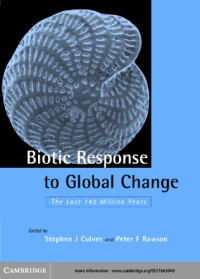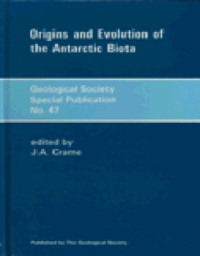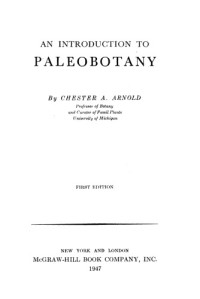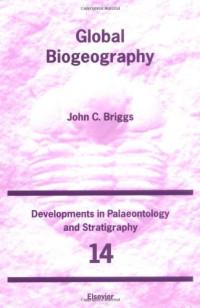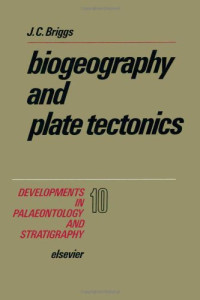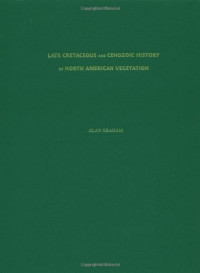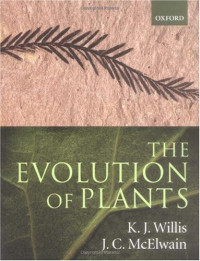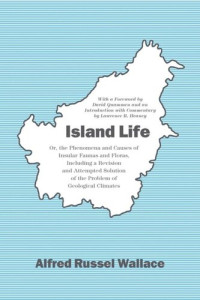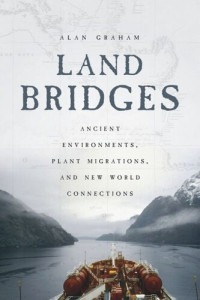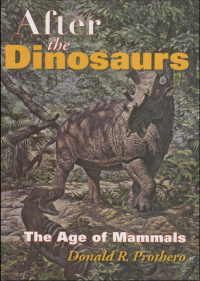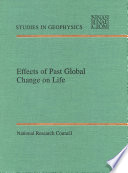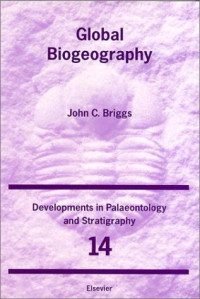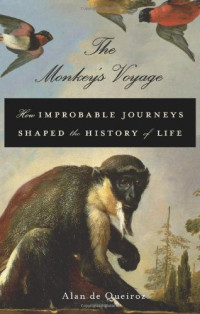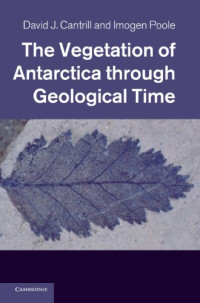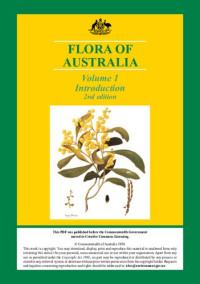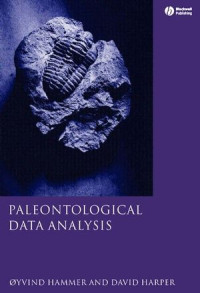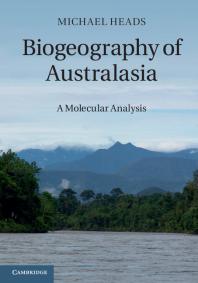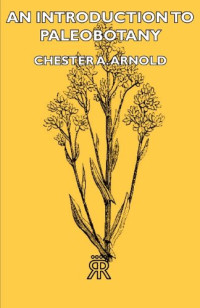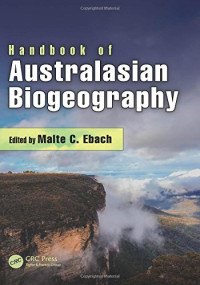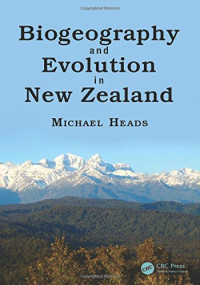
Biogeography of the Southern End of the World: Distribution and History of Far-Southern Life and Land, With an Assessment of Continental Drift
Philip J. Darlington, Jr.
It has been known since the time of Darwin and Hooker that the southern tip of South America, Tasmania, with the southeastern corner of Australia, and New Zealand share many special groups of plants and animals in spite of the fact that these lands are now separated by wide ocean gaps. A satisfactory theoretical explanation of this distribution is still one of the outstanding problems of evolutionary biology. The hypothesis that the southern continents were once actually united into one great supercontinent is one of the more dramatic solutions suggested heretofore.
Philip Darlington, in attempting an explanation, presents a coherent history of the southern continents during the last 270 million years. Based on evidence from numerous sources—geologic, climatic, biotic, and paleo-magnetic—his study, while accepting the probability of some continental drift, lays particular stress on evolution, revolutions of climate, former habitability of Antarctica, and massive dispersal of some plants and animals across moderate ocean barriers as important elements in explanation of this phenomenon.
카테고리:
년:
1965
출판사:
Harvard University Press
언어:
english
페이지:
246
ISBN 10:
0674492064
ISBN 13:
9780674492066
파일:
PDF, 11.13 MB
IPFS:
,
english, 1965
 Amazon
Amazon  Barnes & Noble
Barnes & Noble  Bookshop.org
Bookshop.org  파일을 변환하실 수 있습니다
파일을 변환하실 수 있습니다  더 많은 검색 결과
더 많은 검색 결과 기타 혜택
기타 혜택 